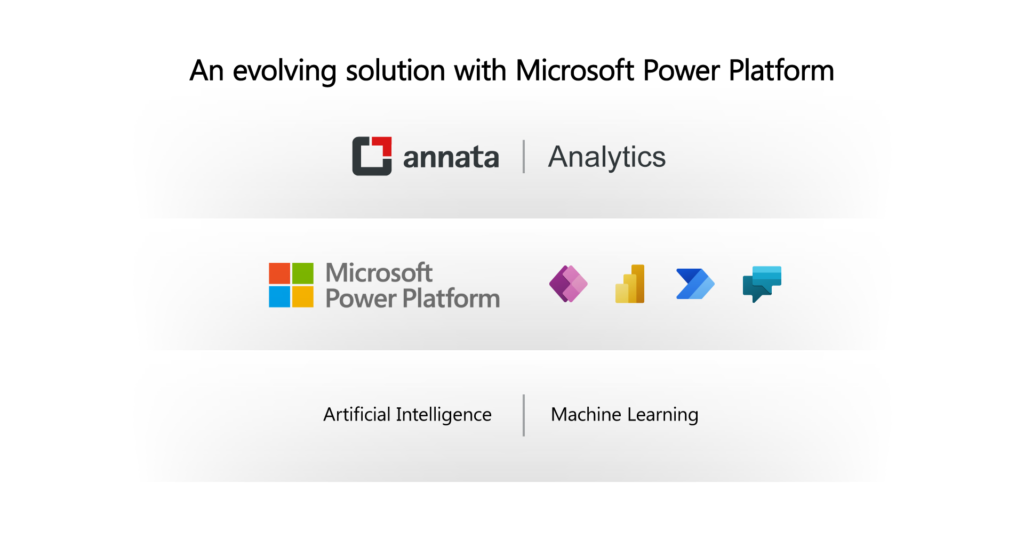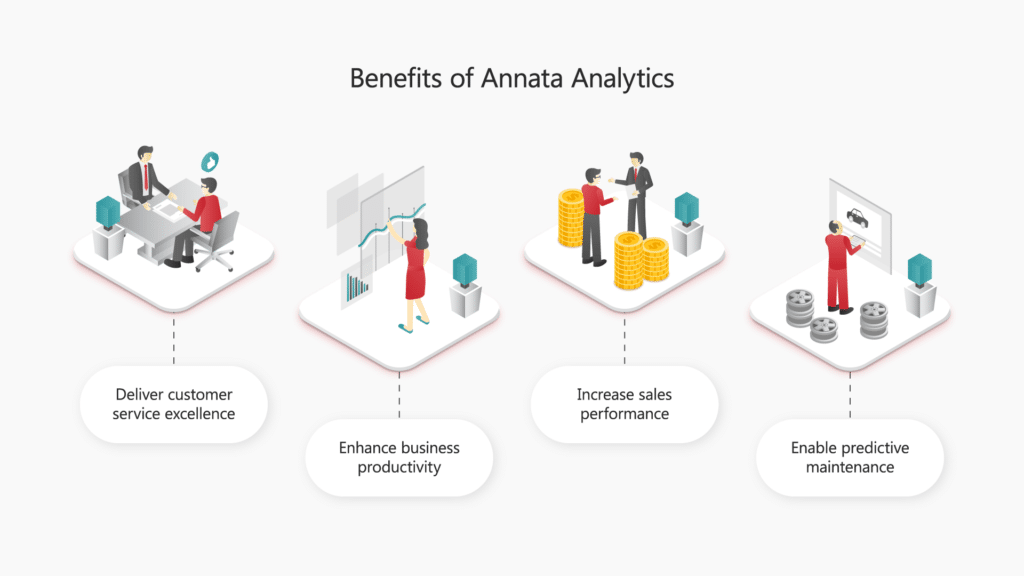The interdependent relationship between analytics and the automotive industry has become much deeper and vital and increasingly transparent. In today’s digital world, information is the new currency- a result of heightened applications of technology and the rapid advancements of innovation fueling the evolution of the automotive industry.
Evolving consumer behavior, regulatory enforcement, and supply chain transformation have redefined how automotive businesses are using data intelligence. These businesses now use data to gain a holistic view of their business operations to help them better understand their customers while enabling them to better tailor products and services that meet their needs.
Automotive businesses also use data and analytics to gain transparency and detailed information through insights to support them in making informed strategic business decisions, helping them improve the efficiencies and effectiveness of their business operations.
They can also be used to deliver superior value to customers, widen and differentiate product and service offerings, and become agile and scalable to keep ahead of volatile market conditions and industry challenges. Furthermore, with data and analytics, automotive businesses can create brand differentiation to set themselves apart from other businesses and gain a competitive advantage.
In fact, over the next 5-10 years, the success or failure of a business will be increasingly driven by how well they take advantage of their business data.
While there is heightening importance being placed on data and analytics to support business decision-making and attaining competitive advantage, most businesses have failed to understand its true transformative potential.
This is mainly due to the business’s strong emphasis on the end game- data transformation with an arsenal of disparate tools that are not integrateable, instead of laying a strong foundation. As a result, businesses end up with a combination of legacy IT infrastructure and new tools that have data stored in multiple databases and residing in various formats with complex data structures that make this data unusable without intensive manual effort and the need for significant expertise in data science.

Annata Analytics- Offering your business a new vision for the future
Annata Analytics empowers automotive businesses with data and analytics that are necessary to increase operational efficiency and optimize business outcomes. This is done by delivering maximum value from historical and real-time data to make swifter and more accurate data-driven informed decisions.
Annata Analytics can be used to collect and tabulate customer information to power better customer experiences and deliver personalized communications. The solution can also spot key industry trends, determine performance patterns, and identify new market opportunities, unlocking untapped potential value for the business.
Annata Analytics- An evolving solution with Microsoft Power Platform
Built on the Microsoft Power Platform technology stack that includes Power Apps, Power BI, Power Automate, and Power Virtual Agents, Annata Analytics is a continuously evolving solution for business intelligence. Annata Analytics also utilizes Artificial Intelligence (AI) and Machine Learning (ML) to provide customers with critical insights to support process optimization and new business models.

Annata Analytics provides customers with easy-to-use data models, ready-made reports, and apps to answer common management needs, support process optimization, and provide customer insights.
Benefits of Annata Analytics

1.Deliver customer service excellence
With competition stronger than ever, automotive businesses must be appealing enough to customers to make them want to engage. One way to go about doing this is by providing excellent customer service. This can be done by creating interactions and processes that are both seamless and personalized to the customer.
Businesses can use insights such as vehicle purchase patterns and demographics to create personalized marketing communications that capture the attention of customers. Using data to better understand the customers and what they want will, maybe as importantly, lead to increased brand loyalty.
2.Enhance business productivity
After consolidating and tabulating data in a centralized location, businesses will be able to nearly instantaneously spot key trends, identify potential growth avenues, and determine key business areas that require optimization. With in-depth data clearly reported, businesses can make informed decisions to improve operational performance and better manage the business.
The business can keep track of sales, employee output, and business operations with data to maximize inter-departmental productivity and become time efficient which will eventually result in added savings and increased revenues.
3.Increase sales performance
Gleaning business insights will enable a business to identify market opportunities, and detect and understand sales spikes or drops. This will help the sales team better plan product enhancements, discover customer preferences, and unlock new business opportunities.
Sales representatives will also be able to look at these insights and engage in necessary communications with prospective customers to drive sales. The sales representative will be able to truly understand the customer on a personal level and meet them where they are, catering to the customer’s preferences such as online communications, digital retailing, and even preferred dealership locations.
4.Enables predictive maintenance
The consolidation of key data to yield vital analytics can help with spotting faulty parts patterns and anticipating potential vehicle problems. Through predictive analytics, service centers will be able to raise pre-emptive alerts for mission-critical faults whilst enabling assessment of wear and performance.
It assists customers in staying a step ahead of any faults or prospective breakdowns by initiating targeted inspections and pre-emptive maintenance. This enables customers and service centers to take a more precise and proactive approach to vehicle maintenance.
Annata Analytics and Microsoft Fabric
Microsoft Fabric, which was recently announced is an end-to-end data and analytics platform centered around Microsoft’s OneLake data lake. It can also pull in data from Amazon S3 and (soon) Google Cloud Platform and includes everything from integration tools, a Spark-based data engineering platform, a real-time analytics platform, and thanks to the newly improved Power BI, an easy-to-use visualization and AI-based analytics tool.
There is also a new no-code developer experience that allows users to monitor their data in real-time and trigger actions and notifications based on it. All of these tools are tightly integrated and, of course, Microsoft will also integrate its AI Copilot into Fabric.
Customers using Annata Analytics will benefit greatly from using the entire solution which will now also include Microsoft Fabric. The connectivity that Microsoft Fabric offers together with the annata365 solution will enable customers to simplify their data infrastructure, giving them more power to harness their data to digitally transform their business and gain competitive advantage. The soon-to-be-launched Copilot in Microsoft Fabric will also make it easier for users to build data pipelines, generate code, build machine learning models, and more.
Learn more about Annata Analytics. Alternatively, contact us to find out how Annata Analytics can help with powering operational efficiencies for your business.












